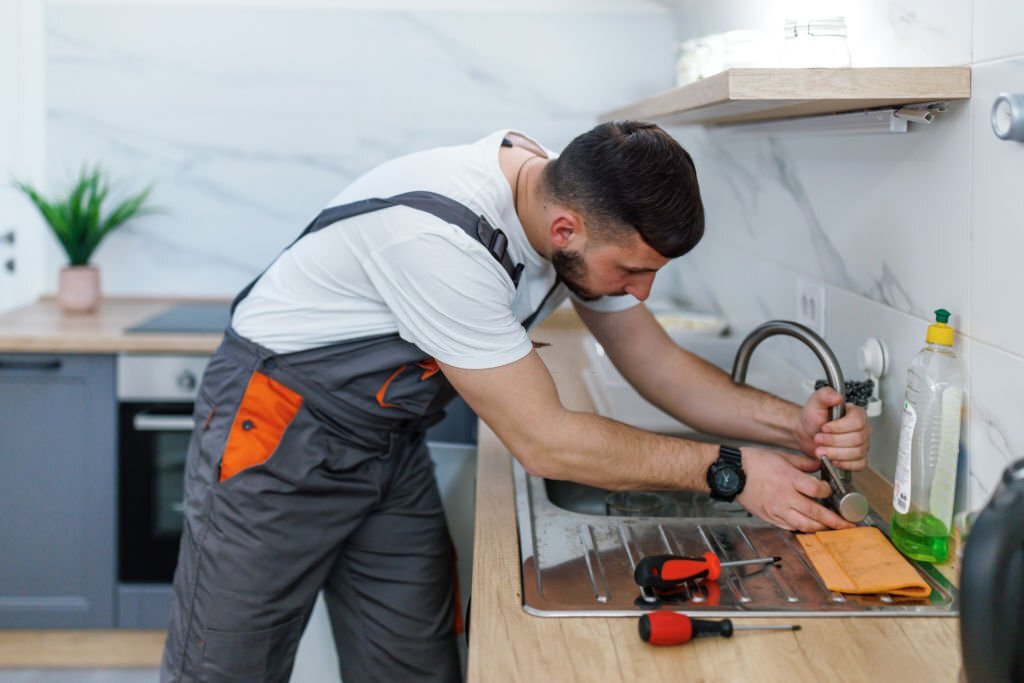Introduction
You’ve found your perfect home inspection in Maryland! Now it’s time to take the next crucial step – scheduling a professional home inspection before closing on the property. But what exactly should you expect during the inspection process? This comprehensive guide provides a step-by-step overview of home inspection services in Maryland.
Preparing for the Home Inspection
Once you’ve selected a licensed home inspector, call to schedule the inspection for a time when all utilities are turned on and the homeowners are not present. Plan for 2-3 hours for a typical single-family inspection. The inspector will require access to all rooms, systems, and areas – both inside and outside. To prepare:
- Unlock all doors, clear clutter, contain pets
- Turn on all lights, outlets, faucets, appliances
- Shut off alarm systems
- Ensure inspector can access electrical panel, crawl space, roof, attic
Types of Inspections Offered
Maryland inspectors generally provide the following inspection services:
-
Standard Home Inspection:
Thorough analysis of structural integrity, interior, exterior, roof, insulation, plumbing, electrical, HVAC, ventilation, appliances, safety, etc. This is the most commonly requested inspection.
-
Radon Test:
Screens indoor air for radioactive gas that enters through foundations. Radon is prevalent in Maryland homes.
-
Termite Inspection:
Checks property for wood-destroying insects like termites. Termites cause major structural damage.
-
Lead Paint Test:
Screens painted surfaces for hazardous lead which can seriously harm children. Common in older homes.
-
Mold Inspection:
Samples indoor air and surfaces to test for toxic mold spores. Mold creates health issues and damages materials.
-
Pool Safety:
Evaluates fencing, gate functionality, equipment, drain covers, chemical balance, and safety of the pool or spa. Prevents liability risks.
-
Septic System:
Examines well and septic tank for proper functioning, leakage, and groundwater contamination risks. Critical for rural properties.
What the Inspector Checks
During the standard home inspection, the inspector examines the following areas:
-
Interior:
Check walls, ceilings, floors, windows, and doors for damage and function. Tests outlets, lights, and appliances for operation.
-
Kitchen:
Turns on sink, and appliances, checks for leaks, and adequate electrical connections. Confirms oven/stove operation.
-
Bathrooms:
Runs water in sinks, tubs, and showers checking pressure, drainage, and leaks. Flushes toilets. Checks ventilation.
-
Laundry:
Examines hookups, tests washer and dryer, and checks for leaks or overflow issues.
-
Fire Safety:
Check all smoke and CO detectors for proper function and installation.
-
HVAC:
Inspects furnace, AC, thermostats, distribution, and vents. Notes age and expected remaining life. Checks ducts.
-
Plumbing:
Checks water pressure at all fixtures. Look for corrosion, leaks, clogs, or cracks. Confirms shut-off valves are functional.
-
Electrical:
Checks breaker panel safety, capacity, and wire gauge. Tests outlets, and wiring for issues. Checks to ground.
-
Roof:
Inspects roof age, material, drainage, gutters, fascia, flashing. Notes lifespan and issues like leaks, damage, and sagging. Check the attic structure and insulation.
-
Foundation:
Examines visible foundation for cracks or moisture issues. Check the crawl space. Notes updates like seismic retrofits.
-
Exterior:
Check siding, paint, and trim for deterioration. Examines windows, doors, decks, and porches for function and safety. Checks exterior outlets.
-
Garage:
Tests auto-opener functionality and safety sensors. Check garage door, frames, and hardware. Notes epoxy floor condition.
-
Backyard:
Visually scans the yard for drainage issues. Checks hot tub electrical. Notes and outbuildings.
What Happens After the Inspection?
The inspector provides a detailed written report outlining any issues found, recommended repairs, lifespan estimates on major systems like roof and HVAC, further specialist inspections needed, and maintenance tips. The report helps inform contract negotiations and your home improvement budget planning.
Review Sample Inspection Reports
Before your appointment, ask your Maryland home inspector to provide sample inspection reports so you can preview the level of detail and documentation typically provided. Study the sample reports to familiarize yourself with:
- The report structure and outline
- How the inspector notes issues found – categorized by level of urgency
- The types of descriptive details and photos of problems included
- Recommendations provided for repairs, improvements, further inspection
- How easy the report is to understand for a homeowner without technical expertise
Also, read through home inspection forums online to see photos of common issues found. Having context ahead of time helps you better absorb and comprehend issues the inspector points out during your real inspection.
Ask About Their Tools
Don’t be shy about asking your inspector about the types of tools and technologies they use during inspections. Advanced equipment improves detail and accuracy. Ask if they use:
- Infrared cameras to identify hidden moisture issues
- Carbon monoxide detectors to test air quality and appliance safety
- Moisture meters to detect leaks, rot, and mold behind walls
- Outlet testers to assess electrical issues
- Smartphone apps to produce detailed reports
An inspector who invests in state-of-the-art tools stands apart from the crowd.
Conclusion
A home inspection provides vital data on the property’s condition to help make a confident buying decision. Knowing what to expect removes surprises during the process. Be an active participant by attending the inspection and asking the inspector questions as they progress through the home.

